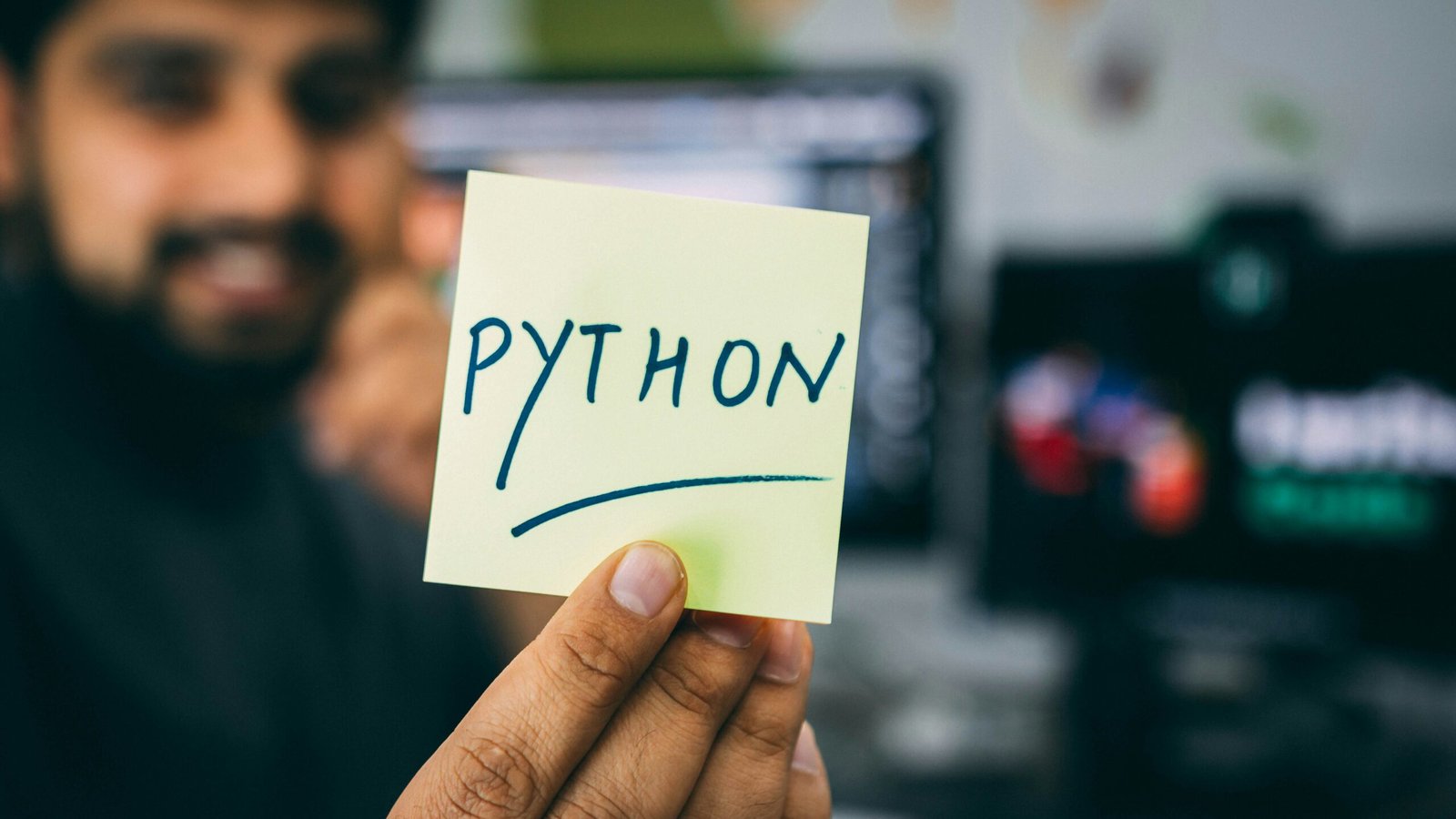Python is one of the most popular programming languages in the world. It is known for its simplicity, versatility, and readability, making it an excellent choice for beginners and experienced programmers alike. If you are looking to learn Python step by step, this guide will provide you with a roadmap to get started and master the language.
How to Learn Python Step by Step?
Step 1: Understand the Basics
Before diving into Python, it is essential to have a solid understanding of basic programming concepts. Familiarize yourself with concepts like variables, data types, control structures (if-else statements, loops), and functions. There are numerous online tutorials and resources available that can help you grasp these fundamentals.
Step 2: Set Up Your Development Environment
Next, you need to set up your development environment. Python is compatible with various operating systems, including Windows, macOS, and Linux. Install Python on your computer and choose an Integrated Development Environment (IDE) that suits your preferences. Popular IDEs for Python include PyCharm, Visual Studio Code, and Jupyter Notebook.
Step 3: Dive into Python Syntax
Once you have your environment set up, it’s time to start learning the syntax of the Python language. Python has a clean and readable syntax that makes it easy to understand. Begin with basic concepts like variables, operators, and data structures such as lists, tuples, and dictionaries. Practice writing simple programs to solidify your understanding of the syntax.
Step 4: Learn Python Libraries and Frameworks
Python offers a wide range of libraries and frameworks that can significantly enhance your productivity and allow you to build complex applications. Some popular libraries include NumPy for scientific computing, Pandas for data analysis, and Matplotlib for data visualization. Additionally, frameworks like Django and Flask are widely used for web development. Explore these libraries and frameworks to expand your Python skills.
Step 5: Practice, Practice, Practice
As with any programming language, practice is crucial for mastering Python. Solve coding challenges, work on small projects, and participate in coding competitions to improve your skills. There are several online platforms, such as LeetCode, HackerRank, and Project Euler, that provide coding challenges and problem-solving exercises.
Step 6: Join Python Communities
Learning Python becomes even more enjoyable and engaging when you join communities of like-minded individuals. Participate in online forums, discussion boards, and social media groups dedicated to Python. Engage with other learners, ask questions, and share your knowledge. Python communities are known for being friendly and supportive, making them an excellent resource for beginners.
Step 7: Build Real-World Projects
Once you have a good grasp of Python, challenge yourself by building real-world projects. Choose projects that align with your interests and allow you to apply your Python skills. Building projects will not only solidify your understanding but also provide you with a portfolio to showcase your work to potential employers.
Step 8: Stay Updated
Python is an evolving language, with new features and updates being released regularly. Stay updated with the latest trends, libraries, and best practices in the Python ecosystem. Follow Python blogs, subscribe to newsletters, and attend webinars or conferences to stay ahead of the curve.
Learning Python step by step is an exciting journey that can open up numerous opportunities in the world of programming. Remember to be patient, persistent, and enjoy the process. With dedication and practice, you can become proficient in Python and leverage its power to build innovative applications.

